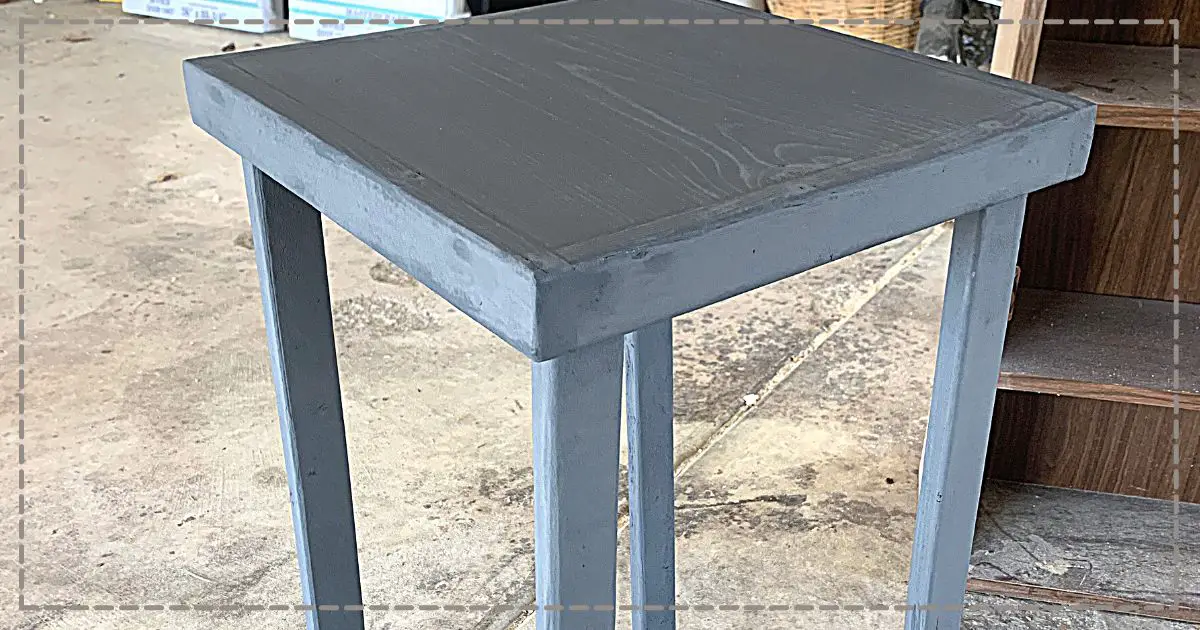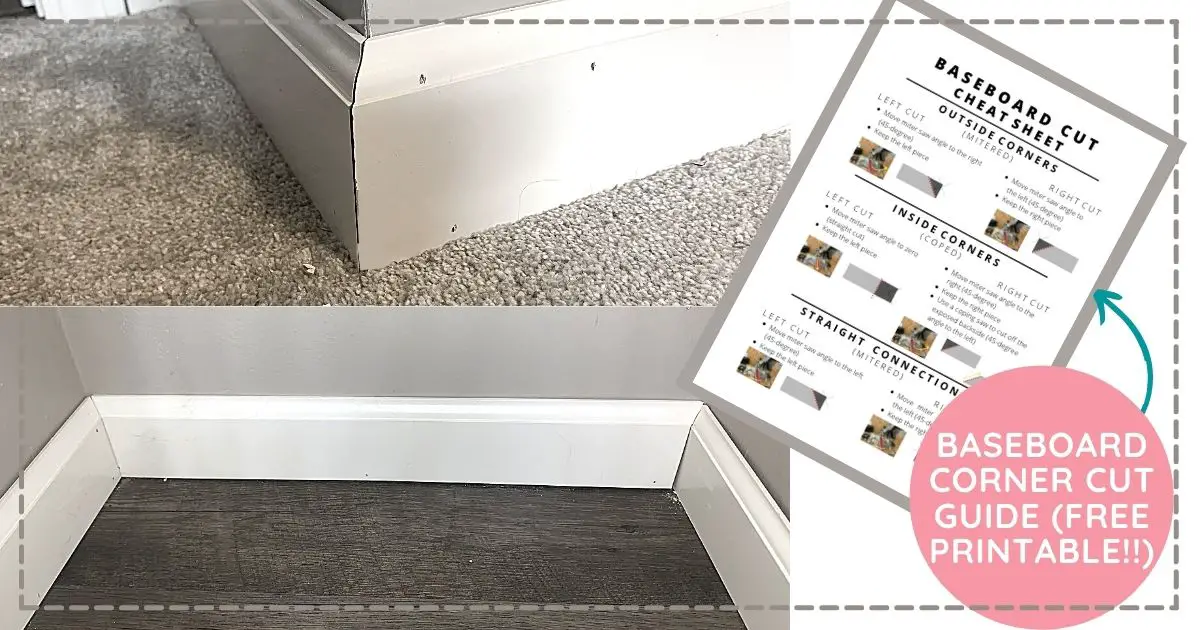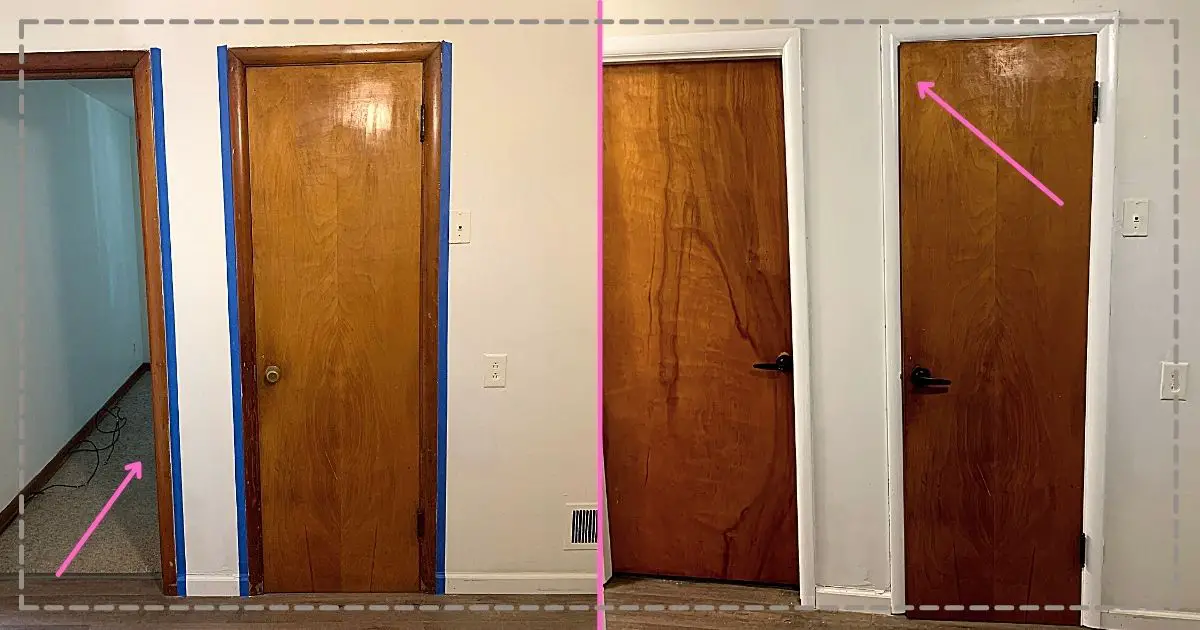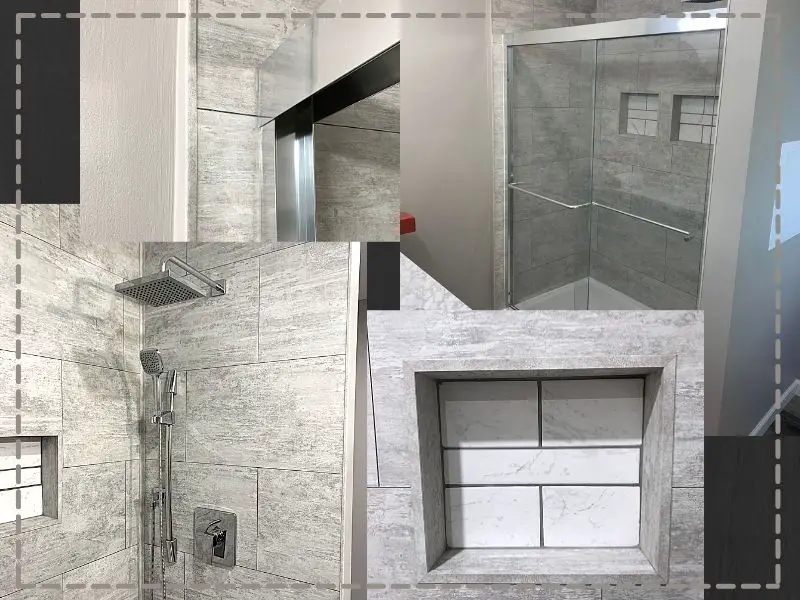*My posts may contain affiliate links, which means I may receive a small commission, at no cost to you, if you make a purchase through a link! Thank you for supporting my website!*
Last updated on February 28th, 2024 at 04:15 pm
Wondering if you can use an oil-based polyurethane over a water-based paint? Well, look no further because I have your answer!
Oil-based polyurethane can be applied over water-based paint as long as the paint has dried fully (at least 24 hours). If the paint creates a good powder while lightly sanded then it is dry and ready for a top coat.
Now that we’ve got the basics out of the way, let’s break into the details further so you can get the best polyurethane finish on your painted project.
Let’s dive in!
Quick Navigation: Applying Oil-Based Polyurethane Over Water-Based Paint
- What Happens When You Apply Oil-Based Polyurethane Over Water-Based Paint
- Should You Use Oil-Based Polyurethane Over Water-Based Paint?
- How To Apply Oil-Based Polyurethane Over Water-Based Paint
- Other FAQs About Oil-Based Polyurethane & Water-Based Paint
- Final Thoughts
What Happens When You Apply Oil-Based Polyurethane Over Water-Based Paint
If water-based paint has not fully dried before applying an oil-based polyurethane, then the oil will have a hard time sticking to the water.
This can result in the polyurethane peeling off of the paint and not curing properly.
However, if the paint has had at least 24 hours to dry and creates a good layer of powder when lightly sanded with 320-grit sandpaper, then it is fully dry.
In this case, the oil-based polyurethane will have no problem adhering to the dried paint.
This video does an excellent job of demonstrating how oil- and water-based products can be used over one another.
Should You Use Oil-Based Polyurethane Over Water-Based Paint?
In general, oil-based polyurethane is much more durable than water-based.
So if you are painting a tabletop or highly used piece of furniture or cabinets, then you will want to use oil-based polyurethane.
This will provide the best protection for your newly painted piece.
The only time you do not want to use oil-based polyurethane over paint is if you are using white paint.
Oil-based polyurethane has a natural amber tint to it. When it is applied over white paint, it will turn the paint color yellow.
Check out my article about fixing yellowing topcoats if this has already happened to your painted project.
If you are using white paint, then using a water-based polyurethane such as MinWax’s Polycrylic found at Amazon will help your white paint stay looking white.
Water-based polyurethanes have a little tint to them, but they are more blue-tinted than yellow-tinted. This helps the white paint retain its whiteness.
Advantages & Disadvantages Of Using Oil-Based Polyurethane Over Water-Based Paint
Whether you are using polyurethane over water- or oil-based paint, there are several advantages and disadvantages to doing so.
| Advantages Of Using Oil-Based Polyurethane | Disadvantages Of Using Oil-Based Polyurethane |
|---|---|
| Creates a more durable, scratch and abrasion-resistant surface | Takes longer to dry (about twice as long as water-based polyurethane) |
| Longer dry times help it to self-level and minimize brushstrokes left behind | Has an amber tint to it – It can alter the paint color in a way that water-based polyurethane doesn’t (turns it more yellow) |
| Creates a thicker shell with fewer coatings than the water-based option making it more cost-effective | Harder to clean up – Mineral spirits are needed when clean-up is required, emitting additional chemical fumes in the working area |
| Surface remains sticky until fully cured – Dust can settle on the sticky surface, and insects can find themselves stuck to the surface, resulting in extra time spent cleaning them away | |
| Emits strong chemical odors that disappear upon curing – Ensure the working area is constantly ventilated and use masks or respirators whenever necessary |
How To Apply Oil-Based Polyurethane Over Water-Based Paint
Applying oil-based polyurethane over water-based paint is a fairly straightforward process.
- Give the water-based paint enough time to dry completely. The paint needs at least 24 hours to dry before the polyurethane can be applied.
- Lightly sand the painted surface with 320-grit sandpaper making sure not to remove any paint.
- After buffing or sanding, use clean microfiber rags to remove any dust
- Wipe down the sanded surface with mineral spirits to remove any remaining dust. (Check out my other article here to see how big of a difference it makes doing this one extra step while cleaning sanded wood)
- Use a foam brush to apply a thin layer of oil-based polyurethane.
- After the first coat has dried fully, lightly sand away any blemishes with 320-grit sandpaper and remove the dust before applying the second coat of polyurethane.
- Repeat step 6 and apply the final coat of polyurethane.

Final Thoughts On Putting Oil-Based Polyurethane Over Water-Based Paint
There you have it!
While it’s normally recommended to use water-based products over water-based and oil-based over oil, you can mix and match them without much consequence.
And sometimes, it’s better to mix and match them because oil-based is always more durable.
All that’s required is that you let the first coat dry completely before applying the opposite top coat. Then you are good to go.
Catch you in my next post!
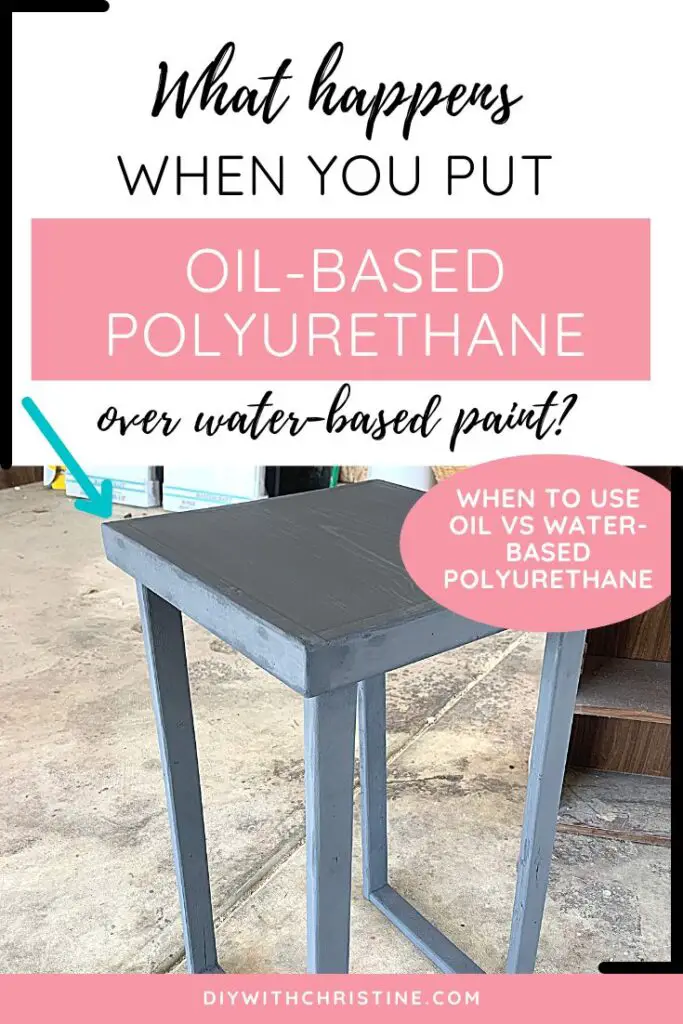

By Christine
Christine is a blogger and DIYer who tackles home renovation and decorating projects alongside her husband, Adam, for their personal residence and rental properties. Although she successfully tackles large renovation projects to avoid expensive contractor fees and bring her vision to life now, her path to success was not easy.
Go here to read her story, “From a Clueless First-Time Homebuyer To A Confident DIYer Creating Her Dream Home One Project At A Time“.
Popular Posts
DIY With Christine is a participant in the Amazon Services LLC Associates Program, an affiliate advertising program designed to provide a means for sites to earn advertising fees by advertising and linking to Amazon.com.

